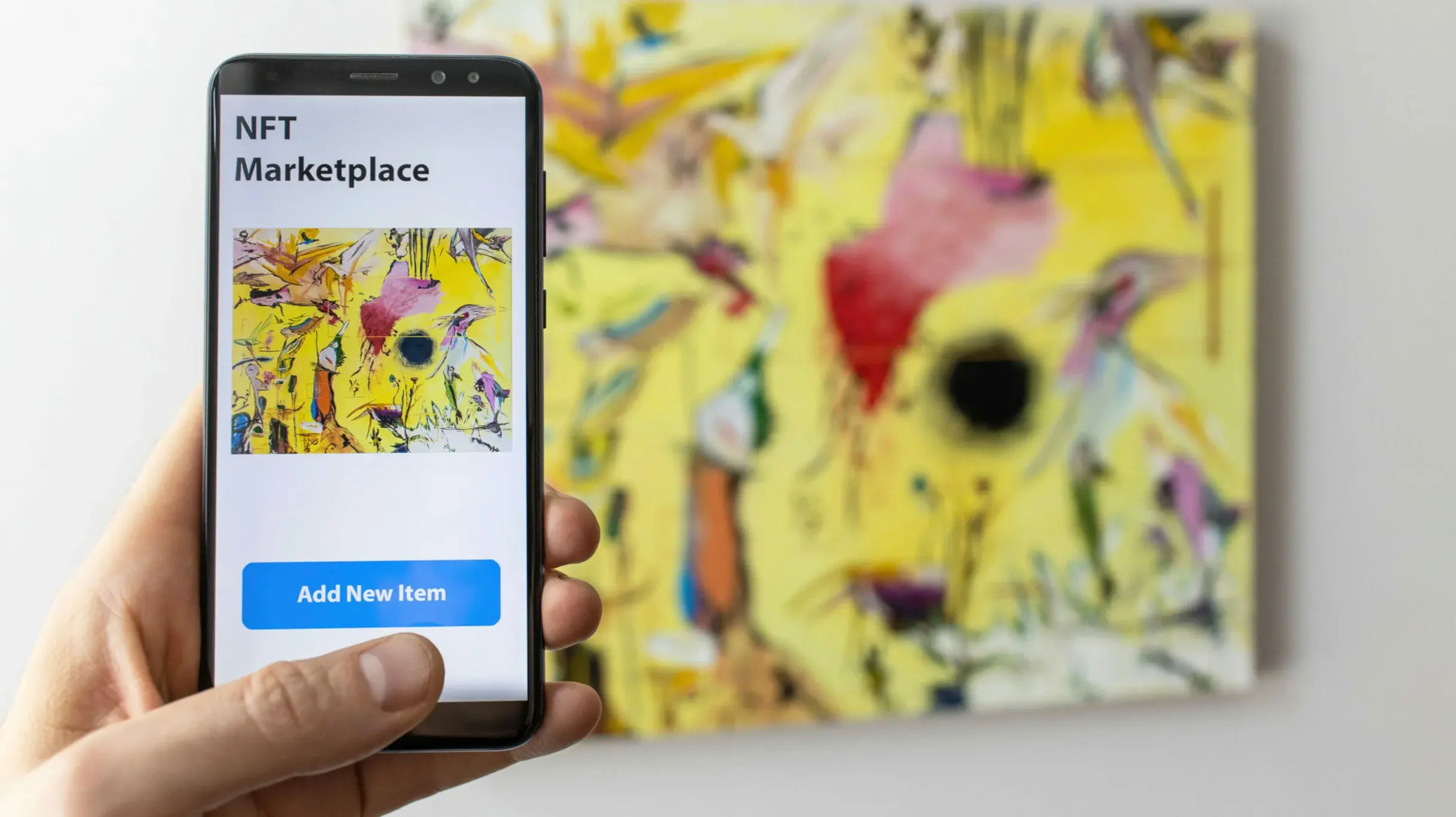
I hear a lot about the fact that NFTs are no longer needed by anyone, the cryptos has depreciated, and large companies still haven't launched metaverses and, in general, what is all of this? Why is it necessary? Where is art here? And the funny thing is: where is the "soul" here? Today I will try to describe several practical approaches that are already working, have already come into our lives, and can be useful to an artist, a collector, and any other person related to the art world and any creative sphere.
1. New level of Marketplaces
Today, technology has led to what is called the "platformization" of art. The pros and cons of this phenomenon are a separate topic for conversation, but the effect is obvious: the artist (aka "creator" - today this word is used more and more often) interacts with the buyer of his work ("creative product") directly. Traditional marketplaces in art do not imply direct communication between the client and the artist. This logistics is carried out by the resource. In Web3, both communicating with collectors and creating interest in art are part of the artist's job. However, he gets the results, and the marketplace takes only a small percentage or a subscription fee. Of course, an artist can attract other people to do this by creating his own team.

2. Web3 for physical art
It is generally assumed that NFT works only for digital art or that some artists simply scan/photograph their works and exhibit their digital copy on the marketplace (as far as it is necessary, also a topic of a separate conversation). However, today there is, and I would even say, another option is popular: NFT is a certificate for a physical object, and the smart contract states that the painting itself is sold along with NFT. This is no longer a digital copy, but an option for selling an ordinary work of art. Part of the payment can take place when buying an NFT, part after the owner gets the job. At the same time, crypto-currency can be an instrument of international sales. After the sale, you can withdraw money to your account and pay taxes according to the scheme that you have chosen and that exists in the country.

3. Internet of Things and certification of works
Blockchain is a system of encoding and decentralizing information, that is, the token does not lie in one place (only the key to it is in your wallet), but is scattered between different computers/storage systems in different countries. As a result, such a token is very difficult to fake. Today, several large companies are developing a certification system for art. What measurements do we need to accurately record the authenticity of the work and its features? This certification can be useful for old masters or "blue chips" in contemporary art. While it is very expensive to create such certificates, there are already developments.
The Internet of Things is another technology that, on the one hand, simplifies logistics: we know where the work was and where it is, on the other hand, eliminates the moment of substitution of a work of art. A chip with information about the work, through which you can track its location, is sewn into the fabric of the work of art itself. Thus, it becomes …